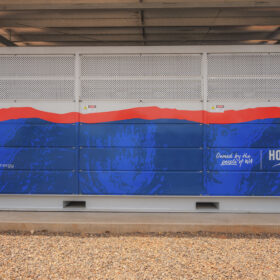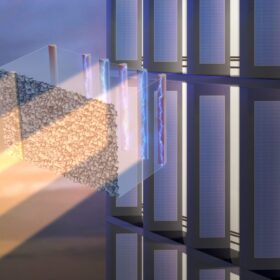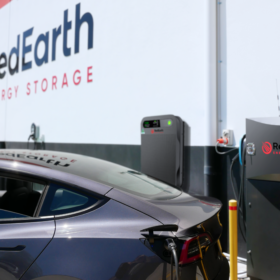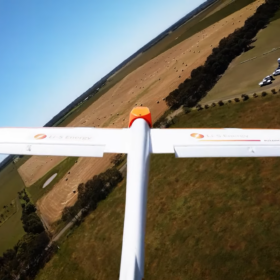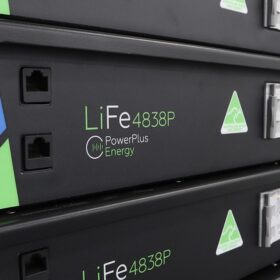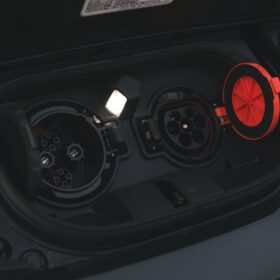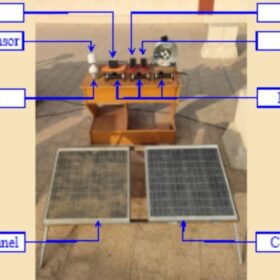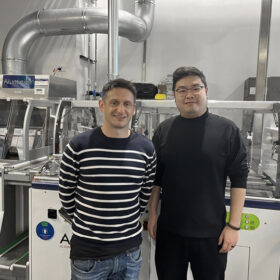Horizon powers up vanadium battery tech trial in Kununurra
Western Australia’s state-owned regional energy provider Horizon Power has officially launched the trial of a vanadium flow battery in the state’s north as it investigates how to integrate long-duration energy storage into its network, microgrids, and other off-grid power systems.
AMSL completes first free flight with electric vertical take-off aircraft
Zero-emission aircraft manufacturer AMSL Aero has successfully completed the first ‘free’ flight of its Australian designed and manufactured hybrid electric and hydrogen powered vertical take-off aircraft.
Longi unveils heterojunction BC solar cells with 27.3% efficiency
The Chinese manufacturer said the device is based on dense passivating contacts that reduce parasitic light absorption and improve passivation. It used a streamlined manufacturing technique that is reportedly about one-third more effective than TOPCon mainstream technology.
RedEarth reveals Australian-made plans for V2G tech
Queensland energy storage solutions provider RedEarth Energy Storage has partnered with German company ambibox to bring Australian-made vehicle-to-grid electric vehicle chargers to the market.
Lynas leads way with Australia’s first rare earths processing plant
Australia’s first rare earths processing plant has officially commenced operations with the $800 million Kalgoorlie facility expected to strengthen the nation’s place in the global critical minerals supply chain.
12-cell lithium sulfur battery pack powers aerial vehicle on maiden test flight
Brisbane-headquartered battery technology company Li-S Energy has successfully completed test flights of an uncrewed aerial vehicle powered by a twelve cell, lithium sulfur battery pack.
Victoria renewables supply chain boosted by manufacturing grants scheme
Four Victorian businesses manufacturing renewable energy technology components and products have been awarded grants through the state’s $1 million Made In Victoria energy technologies manufacturing program.
Bowen gives vehicle-to-grid technology green light
The federal government says new standards have been approved that will allow vehicle-to-grid charging in Australia – enabling electric vehicles to not only charge but also supply power back to homes or the electricity grid – by the end of the year.
Anti-soiling coating increases PV panel current in arid regions by 64.7%
Scientists in Egypt have created an anti-soiling coating for solar panels by mixing ethanol, deionized water, ammonium hydroxide and tetraethyl orthosilicate. They tested a coated panel outdoors for ten months and found that the panel showed a 64.7% higher current compared to reference modules without coating.
Solar cells built on dots and dashes of silver
A team from the University of New South Wales School of Photovoltaic and Renewable Energy Engineering has reinvented the design of screen-printed contacts to reduce costs and silver consumption, without sacrificing the efficiency of tunnel oxide passivated contact solar cells.
